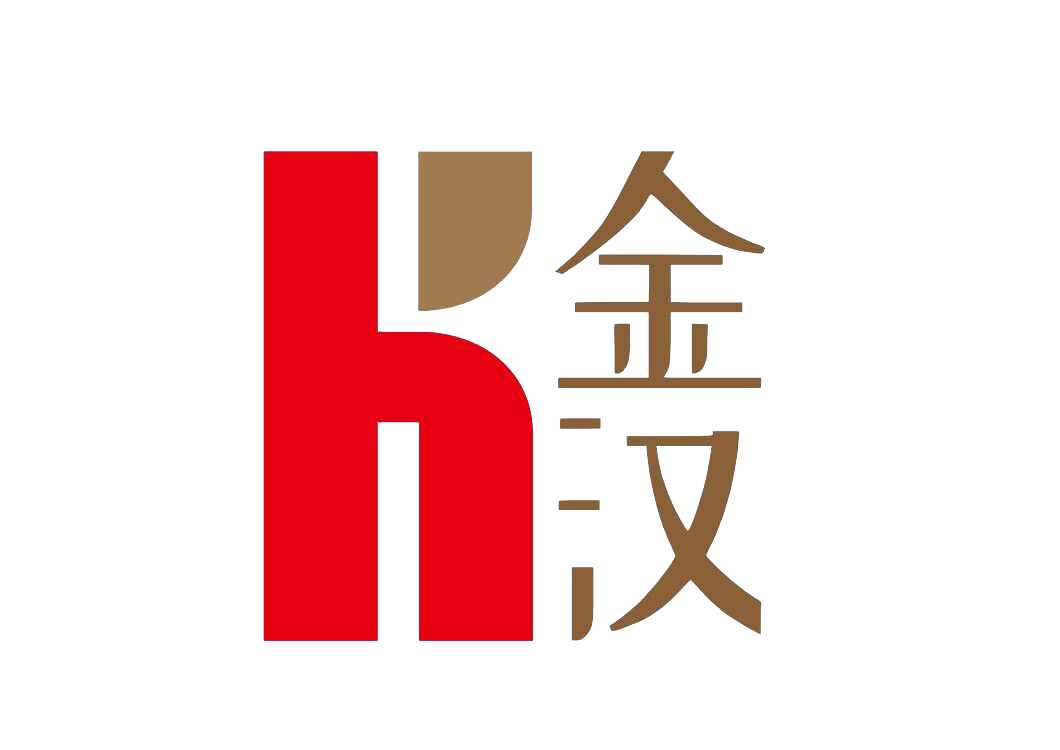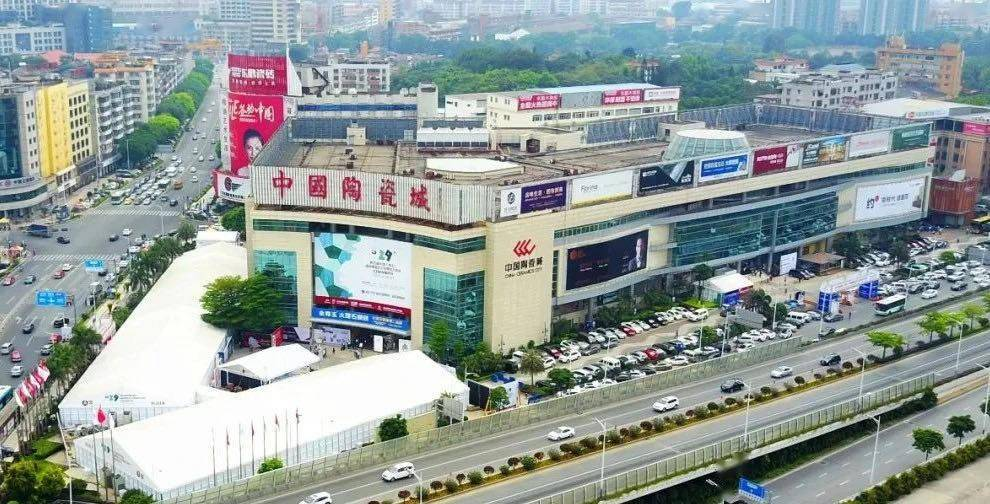Known as the ceramics capital of south China, Foshan ceramics plays an important role in China’s ceramic industry. Foshan ceramic production area now has more than 350 ceramic enterprises and more than 1200 production lines. By 2004, the annual output value of ceramics in Shiwan had exceeded 20 billion yuan. With many powerful enterprises and highly well-known brands, Shiwan ceramic enterprises have been in the forefront of domestic counterparts in product quality and technology development, playing a positive role in leading the trend in the development of the national ceramic industry.
1. History of Foshan Ceramic
Foshan is the largest and most important ceramic production base in China, and Shiwan ceramics is a bright “name card” of Foshan. Shiwan has always been known as the “pottery capital of South China”. The pottery in Shiwan began to emerge in the Tang Dynasty. Shiwan kiln is famous in China. After the Mongols invaded the Southern Song Dynasty, many potters fled to the south and settled in Guangdong. In the middle and late Ming Dynasty, Shiwan ceramics paid more attention to culture and artistic taste on the basis of the original, and the varieties were more abundant. “Shiwan Toys” produced in the Qing Dynasty were famous for creating colorful, elegant and primitive glaze colors, which established its solid position in the ceramic industry at that time.
Because of Shiwan ceramics, Foshan enjoys the laurel of “pottery capital of south China”; It is because of Shiwan that the regional economic concept of “Foshan Ceramics” developed on the basis of Shiwan was formed. In 2004, Shiwan Street was awarded “China Ceramic Town” by China Building Materials Industry Association, Ceramic Talents network and China Building Sanitary Ceramics Association, which attracted strong attention from all walks of life. In December 2005, Foshan Chancheng ceramic industry was listed as “the first industrial cluster upgrading demonstration area of Guangdong Province”.

2. Characteristics of Foshan Ceramic
In the 1980s, the first foreign production line of building ceramics was introduced from Italy, and Foshan ceramic industry began to enter the stage of large-scale and industrialization, with the speed of development constantly accelerating and the technical level constantly improving. Ceramics has developed into one of the main traditional pillar industries in Foshan, with a solid industrial foundation, a wide radiating force and a large number of employees, which occupies an important position in Foshan’s economy. After years of development, Foshan ceramics has formed six characteristics.
1) Obvious brand advantage
Foshan ceramics has a large number of competitive enterprises, nine Chinese famous brands such as SH, Eagle, Dongpeng, NEW ZHONG YUAN, new Pearl, MONALISA, Diamond, JINDUO and Arrow have emerged. SH, NEW ZHONG YUAN and Dongpeng have also won the honor of China famous trademark, and a large number of well-known enterprises in the industry.
2) Leading technology and equipment
Foshan has a total of nearly 1,000 ceramic production lines, most of which are the introduction and digestion of advanced equipment, such as 5000 tons, 7200 tons of large press; High efficiency, energy saving, high degree of automation, and kiln width 3.5 meters, more than 200 meters long, daily firing glaze brick over 10,000 square meters of roller kiln.
3) High technical level
In new technologies and products aspects, Foshan ceramics continuously study. On the basis of introducing advanced technology and equipment from abroad, Foshan ceramics digest, absorb and constantly improve and innovate. In product development and technological innovation, Foshan is in a leading position in the country, such as floor tile of wall of primary and secondary sintering technology, low temperature fast burning technology, roller printing technology, micro powder brick production technology. Ceramic wear-resisting polishing brick technology has reached the world’s leading level. New products are constantly innovating.
4) Rapid growth in exports
After 2000, the export of building ceramics has grown rapidly year by year. Foshan ceramics have been exported to more than 150 countries and regions in the world, and it has become a new growth point for Foshan’s foreign trade exports.
5) Huge market system
The total area of Foshan ceramic professional market exceeds 1 million square meters, including 600,000 sqm of Huaxia Ceramics Expo City, 60,000 sqm of China Ceramic City, as well as International Ceramics Expo Center, Chengnan Market, Property Market, Huayi Decoration Market, Shagang Market and other ceramic wholesale markets, with annual sales of more than 10 billion yuan.
6) Strong supporting system
Due to the relative concentration of the ceramic industry in Foshan, there are also many enterprises providing supporting services. There are more than 300 enterprises supporting raw materials and equipment, and more than 1,000 marketing agencies.
At the same time, related supporting industries such as pottery machines, raw materials, accessories, and even professional media have also developed and expanded accordingly. Foshan City is dominated by Litai, Keda and other ceramic machinery and equipment manufacturing industries. Ceramic presses account for 80% of the country, and polished tile presses account for 85%. Asia’s largest glaze company, Dahong Glaze Company, also settled in Foshan. There are also hundreds of product supporting enterprises such as rollers, refractory materials, molds, accessories, and screens, forming a complete supply and service network supporting system.
Due to the cluster effect of the industry, the market for R&D talents, sales talents, planning talents, and production and technical talents is relatively developed, and a distribution center for ceramic industry talents has been formed.

